Edvard Munch and Vincent Van Gogh: parallels
Categories: Celebrities | Culture | History
By Pictolic https://pictolic.com/article/edvard-munch-and-vincent-van-gogh-parallels.htmlThe Dutchman Vincent Van Gogh and the Norwegian Edvard Munch have never met, despite the fact that they created their outstanding canvases in the same period. Both artists sacrificed a lot for the sake of art, both worked hard, sparing no effort and health, both were deeply unhappy in love and were treated in psychiatric hospitals.
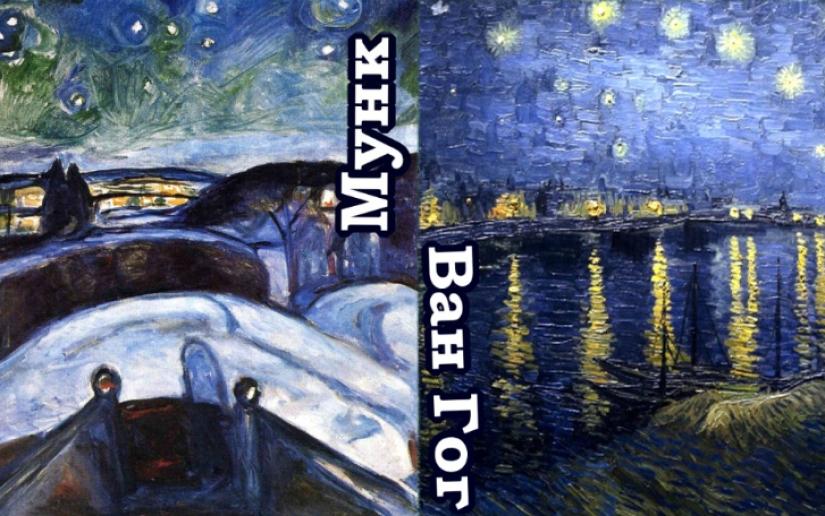

The beginning of the professional path of Vincent Van Gogh and Edvard Munch can be considered 1880, when 17-year-old Munch entered the Royal School of Art and Design in Oslo (pictured on the left), and 27-year-old Van Gogh entered the Antwerp Royal Academy of Arts (pictured on the right).
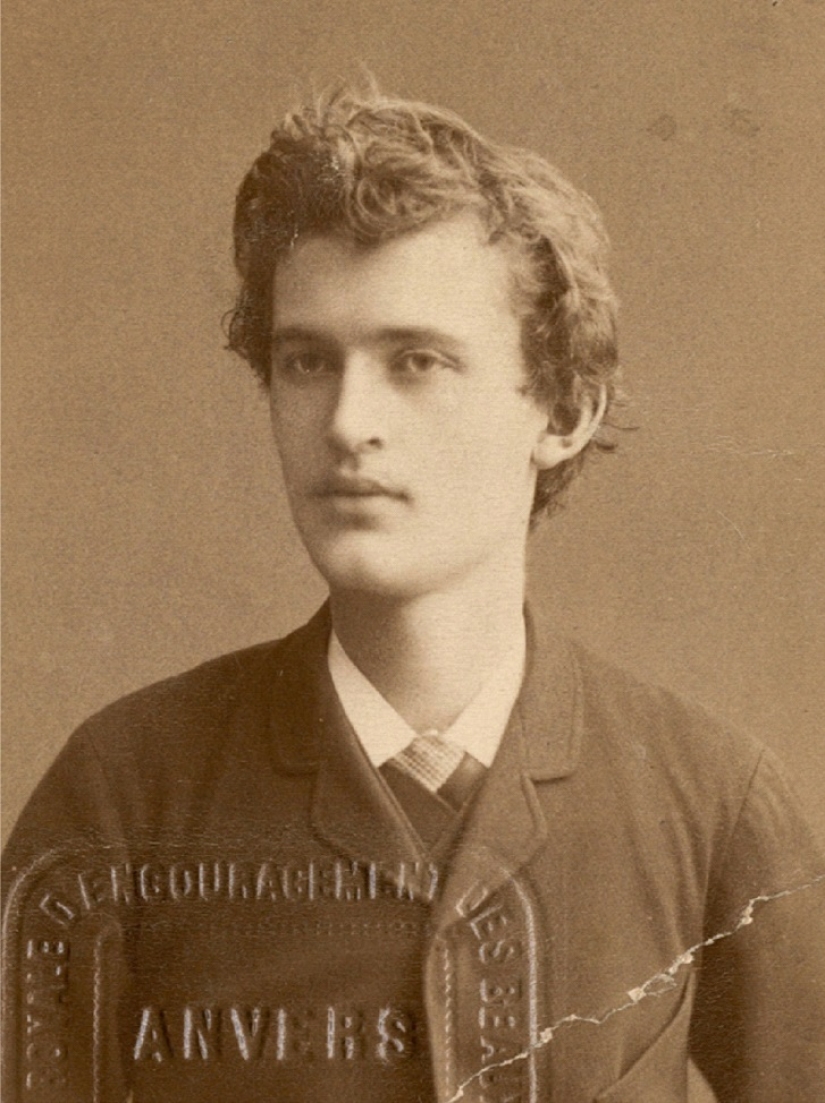
It would seem that at that time there was nothing in common between Vincent Van Gogh and Edvard Munch. 17-year-old Edward immediately began to prophesy a great future, and friends and colleagues did not doubt his artistic talent. Young Munch was even noticed by the Norwegian press, however, articles and mentions about him were rather critical.

No one believed in the talent of the aspiring artist Vincent Van Gogh - except himself. But no matter what, Van Gogh decided that if he worked hard, he would certainly succeed. Over time, Vincent's younger brother, Theodore Van Gogh, who provided him with the means of livelihood, also believed in this.

After several years of hard practice, both artists feel ready to create their first large-scale work. In 1884, Edvard Munch painted the painting "Morning", which depicts a maid who has just woken up. The work was met with incomprehension, critics seemed to have completely overlooked the stunning colors and the flowing morning light that Munch so accurately conveyed. "The girl has a dirty foot!" they were indignant.
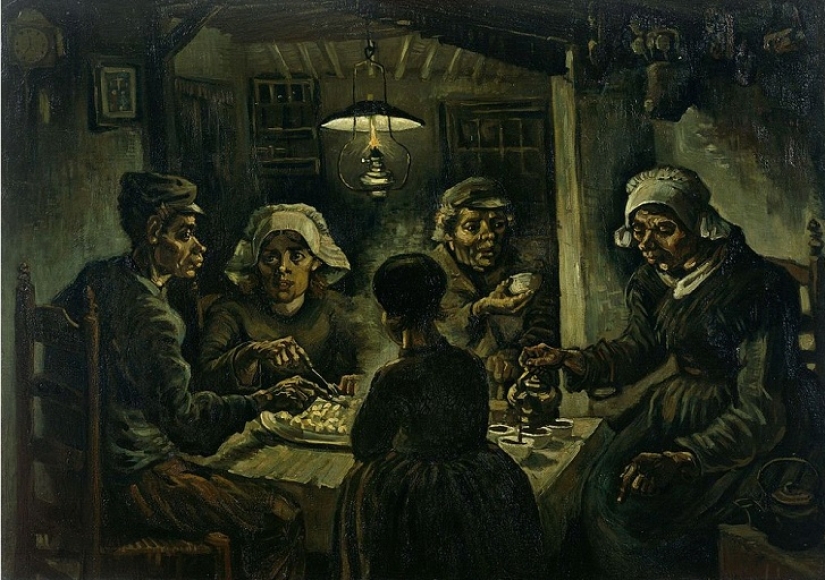
In 1885, Vincent Van Gogh painted his famous "Potato Eaters": the painting depicts a peasant family at a modest meal. "I tried to emphasize that these people, eating their potatoes by the light of a lamp, dug the ground with the same hands that they hold out to the dish; thus, the canvas speaks of hard work and that the characters honestly earned their food," the artist explained the painting in one of the letters to brother Theo.
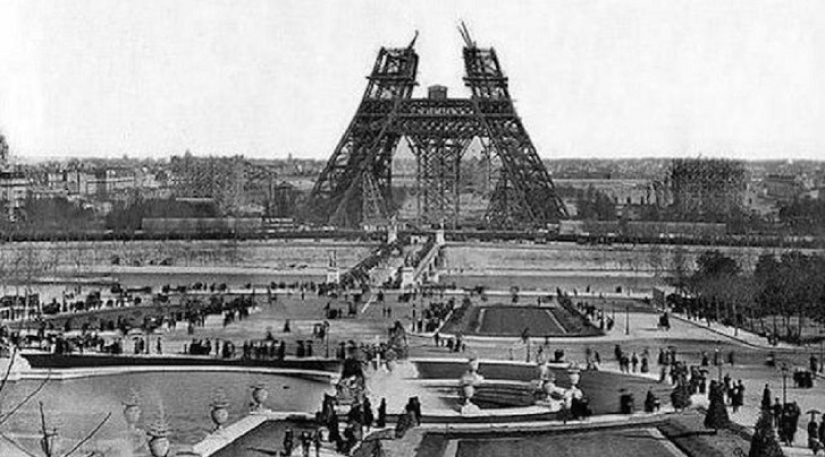
In the XIX century, however, as in the first half of the XX century, Paris is the world capital of culture and art. Artists from all over the world come here, because in the French capital you can get painting lessons from recognized masters, one of the most prestigious art exhibitions is held here every year — the Paris Salon, where you can see the latest works of current artists. Well, for those whose paintings were rejected by the jury of the official Salon, there was always the opportunity to take part in the Salon of Independents, to exhibit in a small private gallery or in one of the many Parisian cafes.
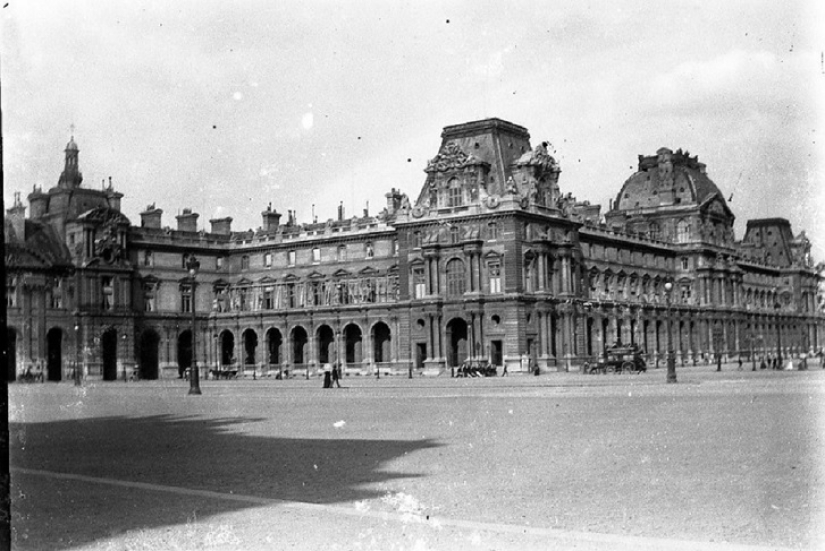
Artists strive to Paris is also in order to get to the Louvre — already then considered one of the best museums in the world. Wanting to see the works of the "old masters" in the Louvre, in 1885 Edvard Munch came to Paris, and in 1886 Vincent Van Gogh turned out to be here.
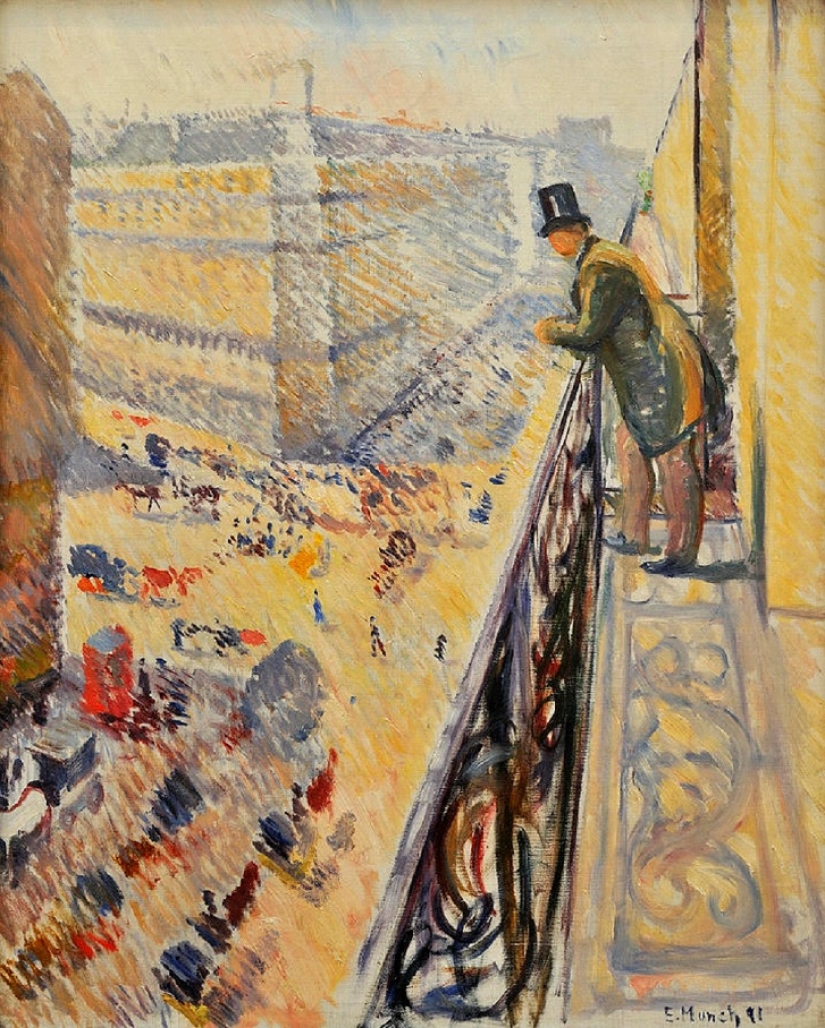
"Hurrah! Long live France! Just imagine how we "wear out" the floors of the Louvre, the French government will have to paint and restore them again!" - Edvard Munch writes to one of his friends on the eve of leaving for Paris. In the photo is a painting by Edvard Munch depicting the Parisian Rue La Fayette.
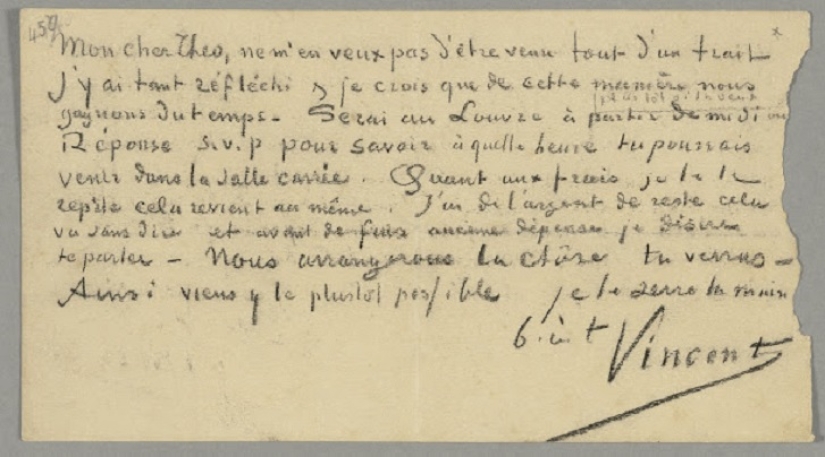
Vincent Van Gogh arrived in Paris on February 28, 1886, which was an absolute surprise for his brother Theodore, as we learn from this letter: "My dear Theo! Don't be angry with me for coming unexpectedly. I have weighed everything and I think that this way we will gain time. I'll be at the Louvre by noon, or even earlier if you want. Please let me know at what time you can come to the Square Hall."
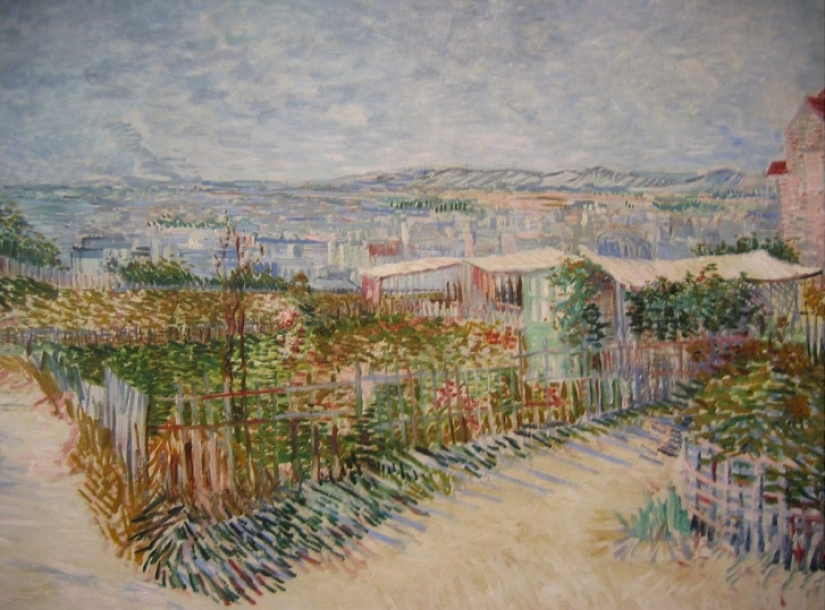
At the time of Vincent Van Gogh's arrival in Paris, Edvard Munch had already left the city, so the meeting, which could well have happened, never took place. By the way, the artists even rented accommodation on the same street located at the foot of Montmartre hill, moved in the same artistic circles, were interested in impressionist technique and Japanese prints. The photo shows the work of Vincent Van Gogh "Montmartre: behind the mill", in which the influence of the Impressionists is felt.
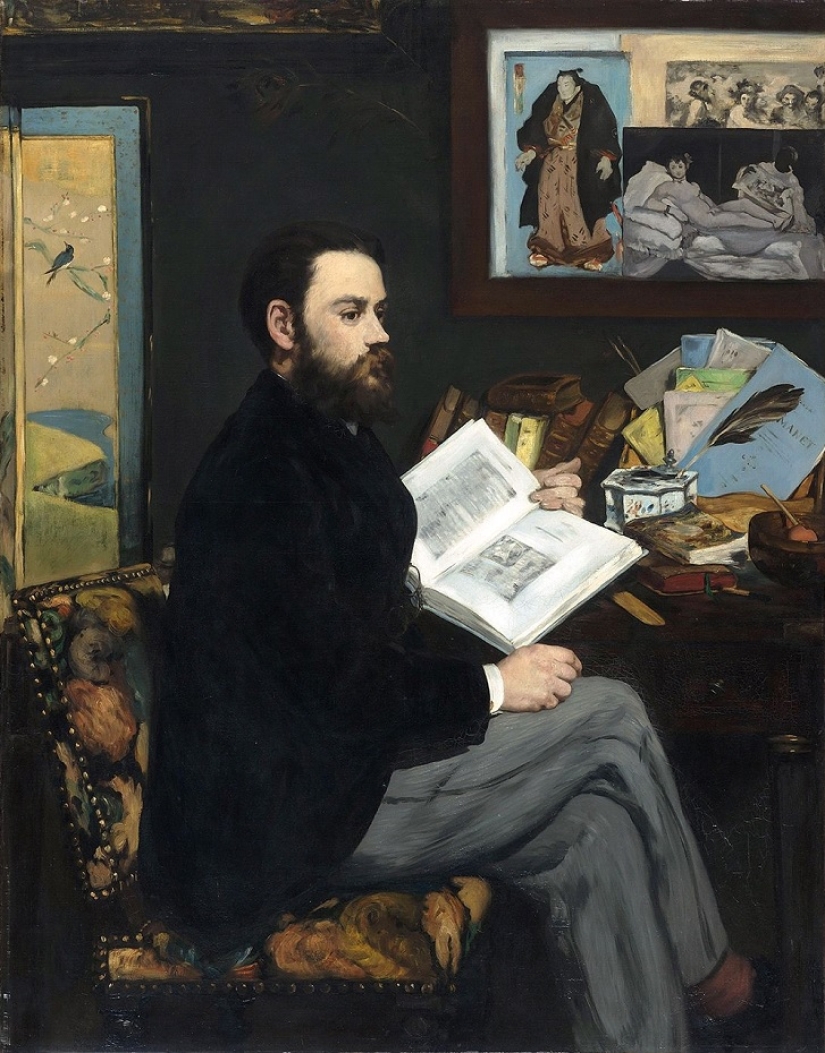
It is known that Vincent Van Gogh and Edvard Munch equally admired the painting of Edouard Manet, they especially highly appreciated his gift as a portraitist. In the photo — "Portrait of Emile Zola", painted by Manet in 1868.
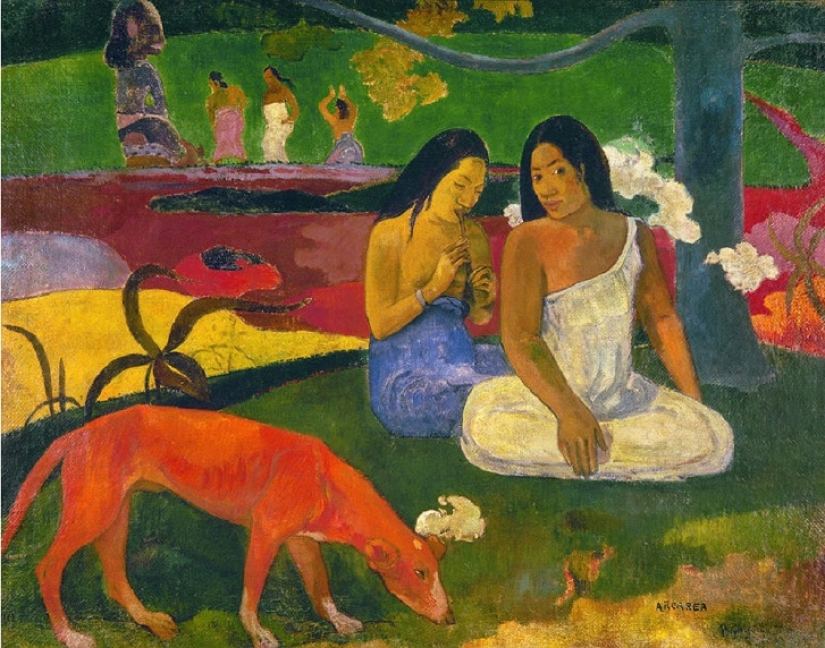
Among the young contemporary artists who influenced both Vincent Van Gogh, and on Edvard Munch, it is worth mentioning Paul Gauguin, whose works are filled with deep content, they symbolically encode something more than just an image of the surrounding world. In the photo, Paul Gauguin's painting "Arearea" ("Naughty joke").
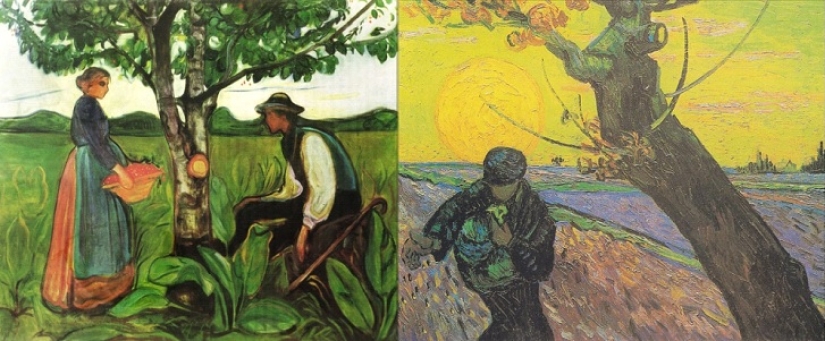
In the work of Edvard Munch "Fertility" (pictured on the left) and Vincent Van Gogh's painting "The Sower" (pictured on the right), the influence of Paul Gauguin is felt.
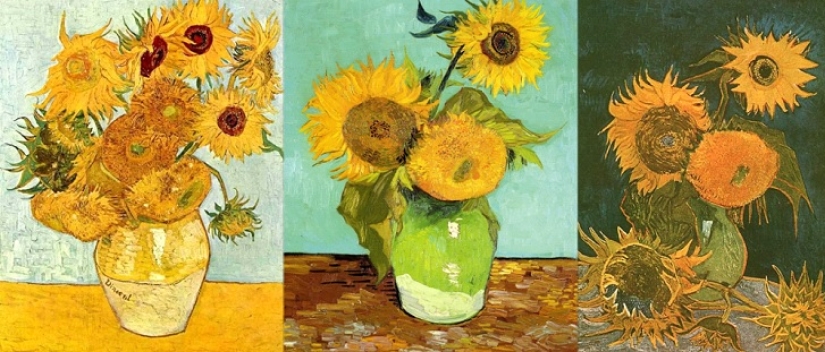
Edvard Munch and Vincent Van Gogh felt the need not just to paint individual paintings, but to create a series in which the ideas of artists would be developed. Each work included in the series referred to another, and this whole ensemble was perceived as a single, completed work. Perhaps the most famous series created by Van Gogh is "Sunflowers".
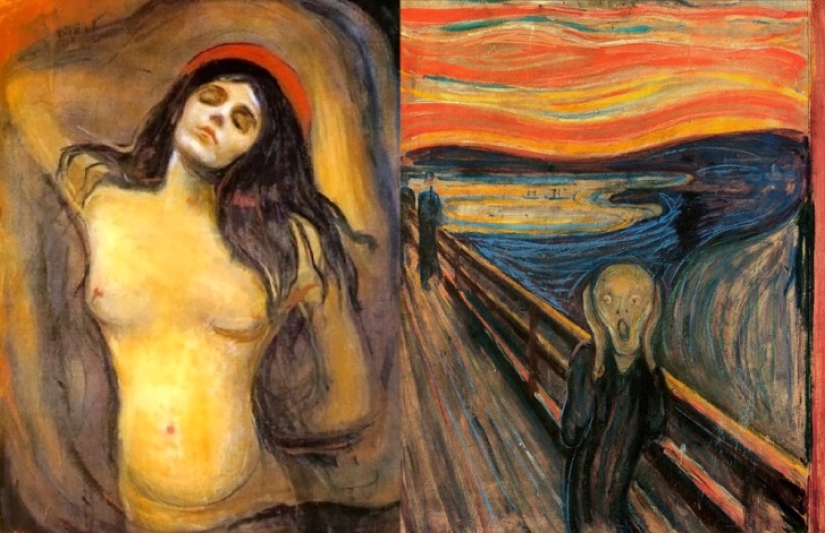
As for Edvard Munch, by the beginning of 1893 he had finally formed the idea to create a cycle of works capable of reflecting all the main aspects of human existence. "The Frieze of Life: a poem about love, life and death" - this is how the artist called this cycle. "Frieze" can be divided into four sections: "The birth of love", "The flowering and decline of love", "Fear of life" and "Death". This series includes such famous works by Munch as "Madonna", "Scream", and many others.
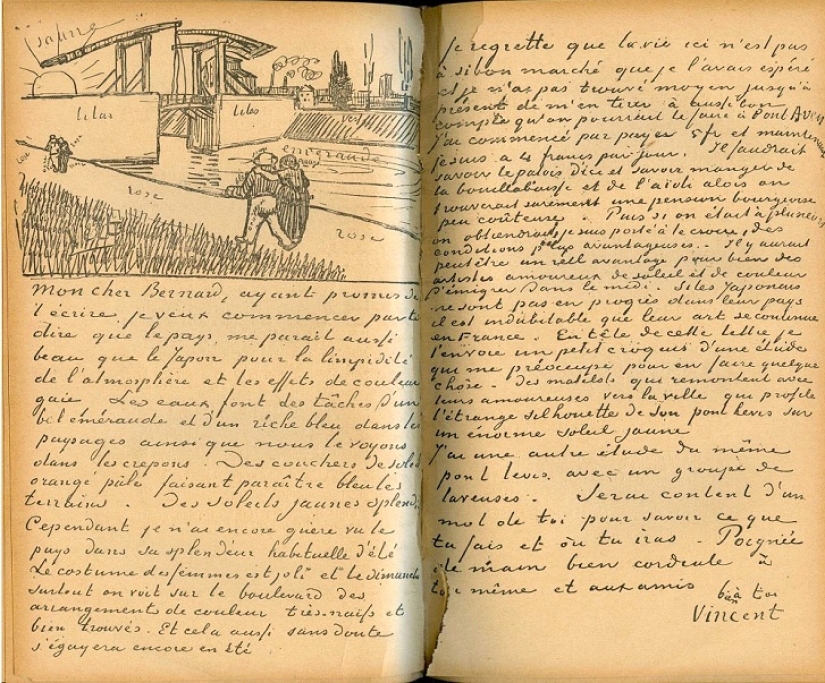
Vincent Van Gogh and Edvard Munch were not only artists, they left us stunning ensembles of their texts, consisting primarily of detailed letters sent to friends and family, and in Munch's case also from diaries, literary and poetic works. "Literature, art and the world around me are one and the same thing," Vincent Van Gogh wrote.
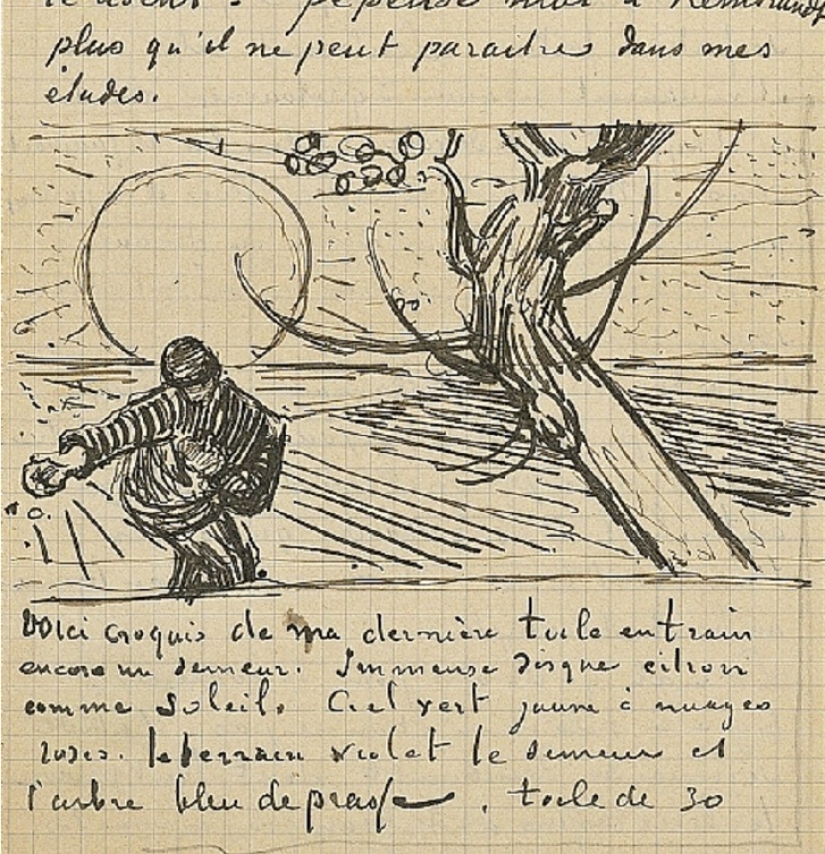
In total, more than 800 letters of Vincent Van Gogh have reached us, addressed to relatives and friends, but above all to his brother Theo, whom he regularly informed about how the work on the paintings was progressing. By the way, Vincent is in correspondence with Theo gave very detailed descriptions of his works, which art historians often refer to when determining the authorship of Van Gogh's paintings. All the letters were written by the artist in the period from 1872 to 1890, the original texts of the letters can be found on the website Vangoghletters.org .
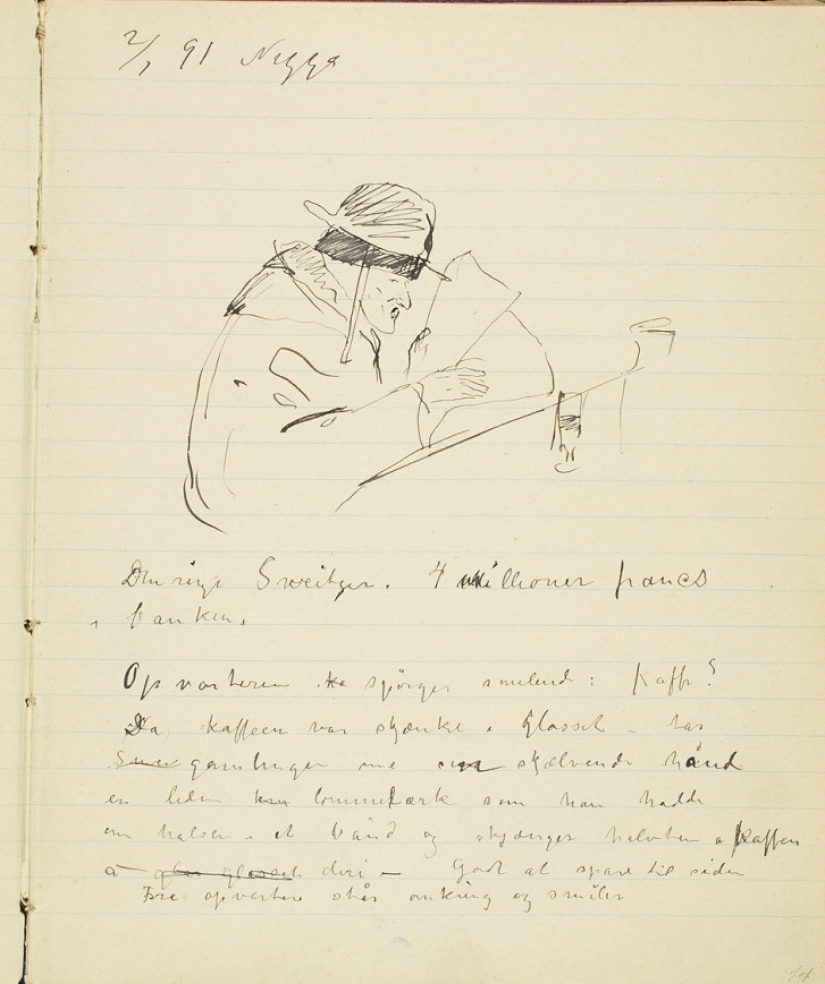
There are about 2,600 letters of Edvard Munch and about 1,500 pencil sketches that he, as well as Van Gogh, sent to friends and acquaintances. The artist's diaries, notes and poetic texts tell about interesting events from Munch's life: his first arrival in Paris, bohemian life in Oslo and a difficult relationship with a rich young Norwegian woman named Tulla Larsen.
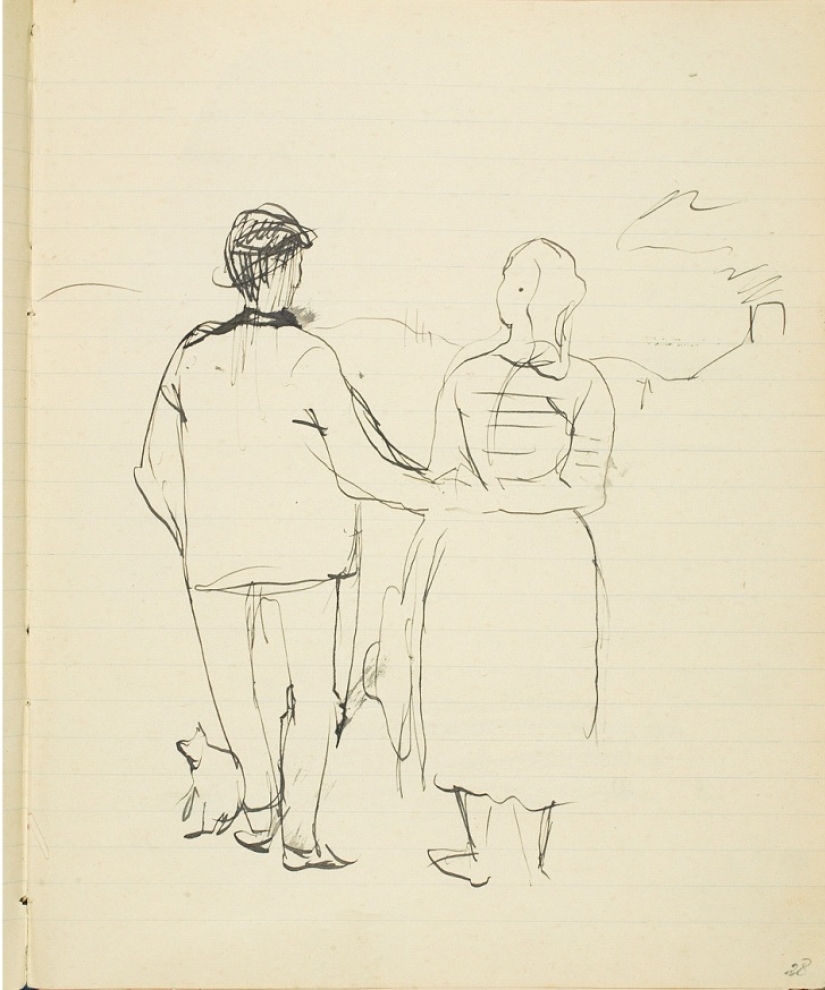
The letters of Edvard Munch were written between 1874 and 1944, so that his correspondence lasted about four times longer than that of Vincent Van Gogh. The original texts of the letters and pencil sketches by Edvard Munch are posted on the website Emunch.no .
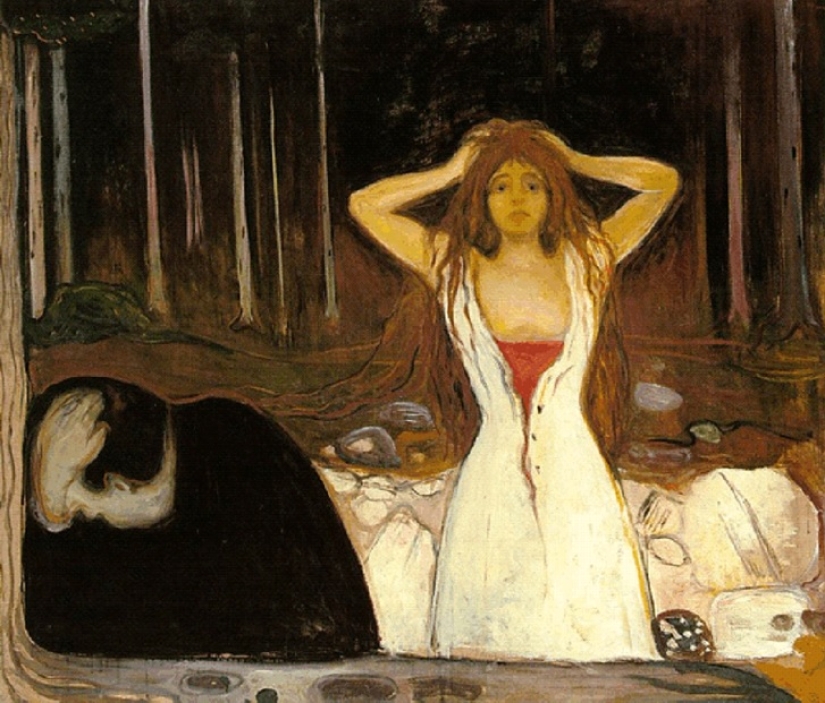
In 1908, after the death of Vincent Van Gogh, Edvard Munch wrote: "Drawing from nature strong feelings, unbridled passions, hellish mental anguish is incredibly hard for the nervous system. Vincent is an example of that (and I, partly, too)." In the photo is a painting by Edvard Munch "Ashes".
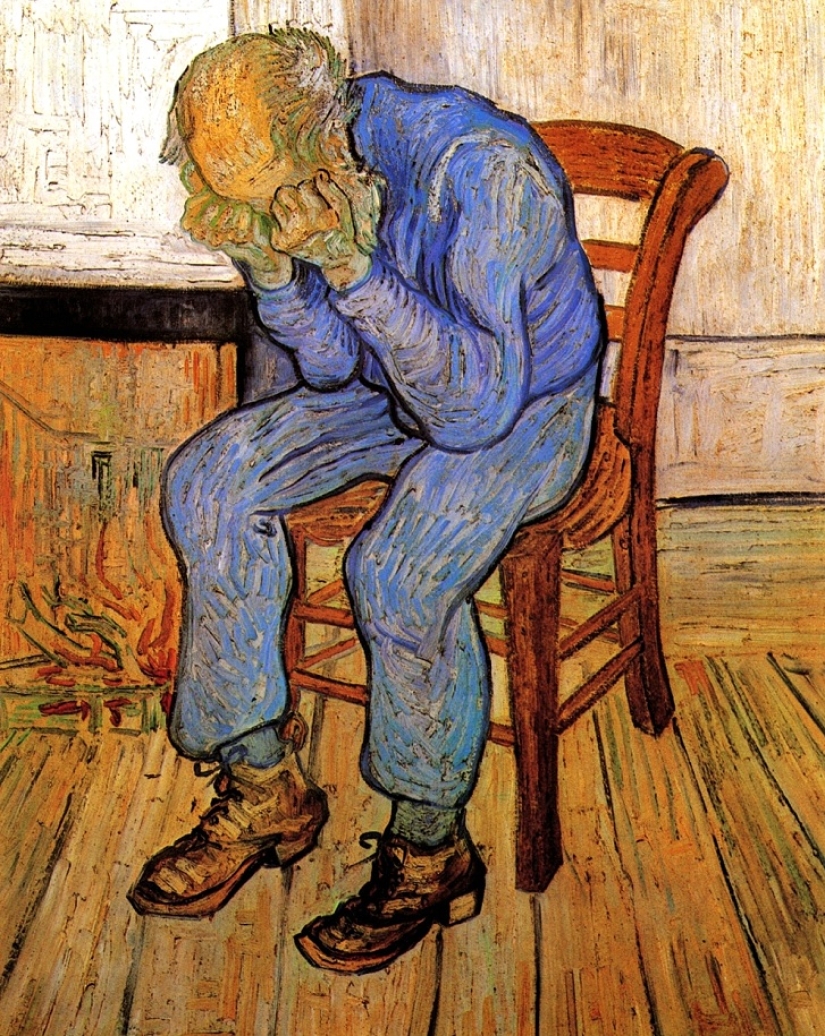
It is not uncommon to hear that a real artist capable of creating great art must be poor, lonely, unhappy, and ideally "a little crazy." Vincent Van Gogh and Edvard Munch are real "role models" in this sense, because each of them laid on the altar of great art everything that he possessed or could have possessed: his physical and mental health, failed love, family happiness and an ordinary human life full of simple and inconspicuous joys. In the photo is a painting by Vincent Van Gogh "On the threshold of eternity", painted by him a few months before his death.

"I feel like I'm losing all desire to have children and start a family, although sometimes I get melancholy about it... Sometimes I blame this damn painting for everything. The love of art makes us lose true love," Vincent Van Gogh wrote to his brother Theo in July 1887.
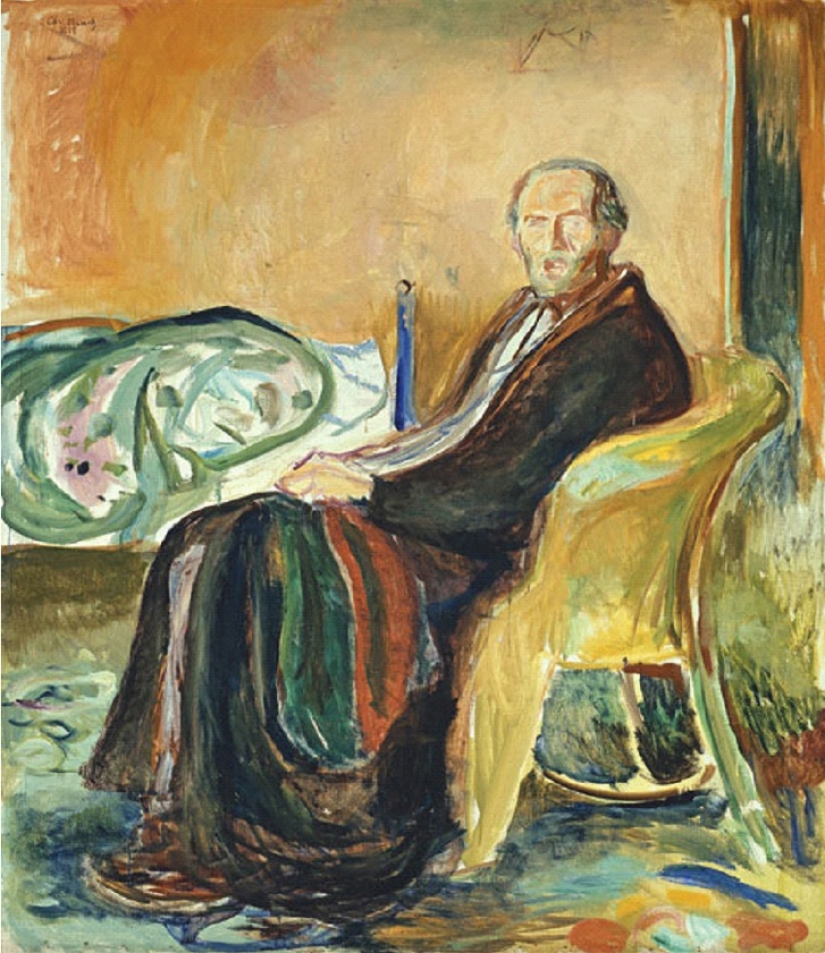
In the diary of the "Mad Poet" Edvard Munch writes about himself the following: "He explains to her that he cannot love. He explains that the severity of hereditary diseases convinced him to never marry and have children." The photo shows the work of Edvard Munch "Self-portrait with Spanish flu".
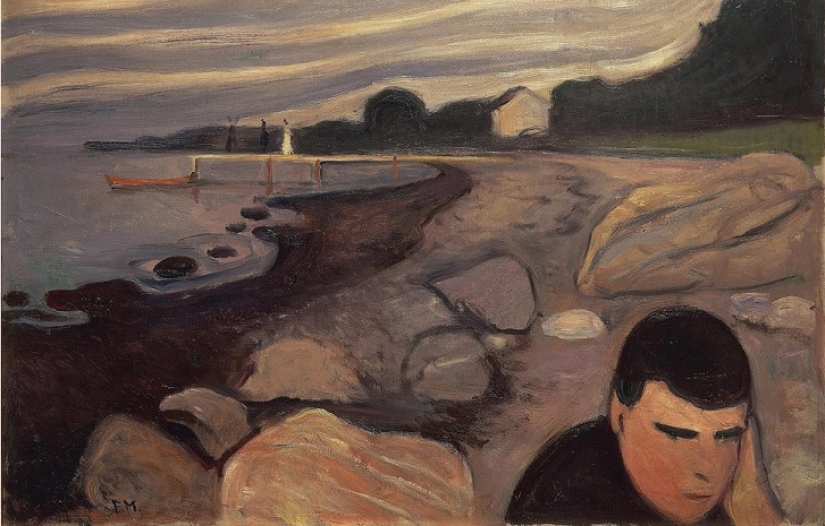
Absolute renunciation of everything that hindered painting and inattention to one's own health led to severe consequences, which resulted in prolonged depression and continuous alcoholism in the case of Edvard Munch. In the photo - "Melancholy", a painting painted by the artist in 1892.
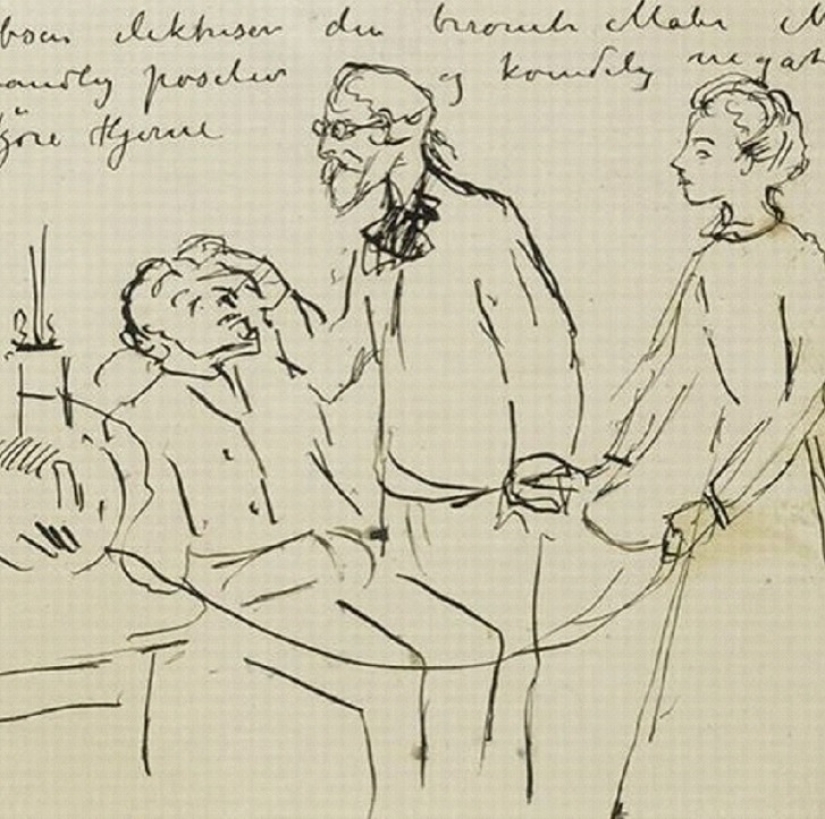
In 1908, Edvard Munch had to seek psychiatric help from Professor Jacobson. While in Jacobson's hospital, Munch executed this cartoon: the artist is sitting near some kind of electrical device, and the doctor (Professor Jacobson) is fixing wires on his head. The caption reads: "Professor Jacobson electrifies the famous artist Edvard Munch and feeds his weak brain with positive male and negative female energy."
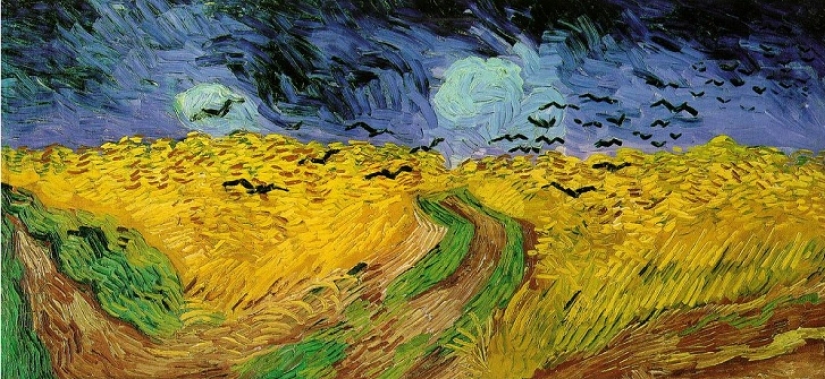
As for Vincent Van Gogh, after a series of hospitalizations in psychiatric institutions, he will not only no longer be able to find peace of mind, but also will not find the strength to continue living on. On July 29, 1890, Vincent Van Gogh commits suicide, and an unsent letter addressed to his brother Theo will be found in his pocket: "Well, I paid with my life for my work, and it cost me half of my mind, it's like this..." Illustration - Vincent Van Gogh, "Crows over a wheat field", the painting was completed 19 days before the artist's death.
Keywords: Diseases | Van gogh | Depression | Life | Art | Paintings | Suicide | Fate | Creativity | Artists | Edvard munch
Post News ArticleRecent articles

According to one version, street art appeared during the Second World War, when a Kilroy worker began to write "Kilroy was here" on ...

Photographer Brigitte Niedermair works with world-famous glossy magazines and fashion houses. Her regular clients include Dior, ...
Related articles

Our body constantly gives signals about the state of health. If you are attentive to the changes that occur with the body, you can ...

During the pandemic, people are wary of kissing and hugging, but no one forbade expressing their love in the family circle. ...

Self-medication for people in the post-Soviet space is the most common thing. Most of us believe that before going to the doctor, ...

Portugal was long the world's largest colonial power. This small European kingdom controlled vast territories in the New World, ...